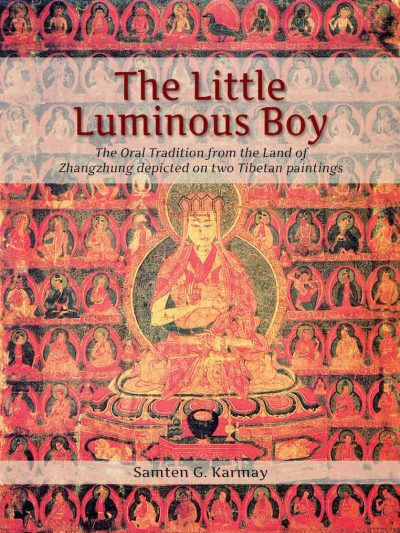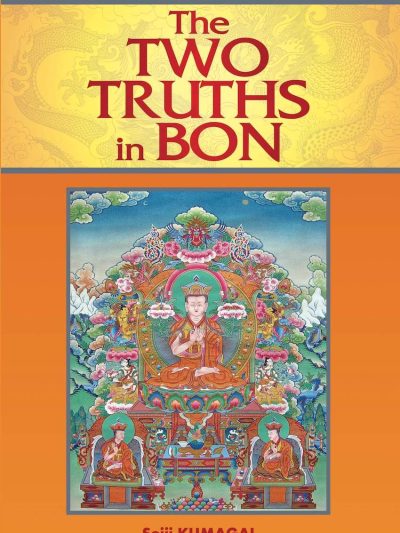Description
In this book Ponlob Rinpoche charts the course of the nine practices known in the Tibetan Bon and Buddhist traditions as Ngondro. Because Ngondro teachings hardly assume any prior knowledge, they are suitable for introducing Buddhist practices in general, as well as some key concepts of the underlying world view.
For instance, before a meditation session a practitioner performs the three Ngondro practices known as Guru-Yoga, Refuge, and Bodhichitta. In this book one finds an orderly and detailed explanation of what these practices mean, as well as practical instruction on how to perform them.
Ngondro (literally: “that which goes before”) is, firstly, a preliminary. The role of the nine practices is to purify the mind in preparation for higher practices – in this case Dzogchen – like cleaning a cup before pouring fresh milk into it.
Second, Ngondro is also the foundation for more advanced practices. Skipping it is like trying to jump to the top of a building instead of using the stairs. Unless one takes the stairs of Ngondro one by one, one’s Dzogchen practice will not become stable and beneficial.
Third, even a practitioner who has come to Dzogchen after climbing the stairs of Ngondro still needs it as a support. One’s Dzogchen practice may fail to progress and become stagnated; practicing Ngondro is the remedy to this. As Rinpoche puts it, thinking to oneself “I have been practicing Dzogchen for a long time. I hold a high view. I’ve done Ngondro practice already” is misguided. Both Ngondro and Dzogchen are indispensable, like the two wings of a bird.
Ponlob Tsangpa Tenzin Rinpoche was born in Kham, East Tibet, in 1970. Having begun his studies in Tibet, he was one of the first six graduates to receive, in 2001, the Geshe degree at Triten Norbutse – the monastery founded by his master Yongdzin Tenzin Namak Rinpoche in Kathmandu, Nepal. Three years later he was enthroned as the monastery’s Ponlob (Head teacher).
The present book is a record of teachings given by Ponlob Rinpoche in 2014 at Shenten Dargye Ling, Yongdzin Rinpoche’s European center, as part of his first teaching tour in the West.
Ponlob Rinpoche is widely appreciated for his intelligence, dedication, and his ability to present any topic in a way that is both thorough and easily accessible. This is Rinpoche’s fourth book; the previous three, in Tibetan, were published in Tibet.






